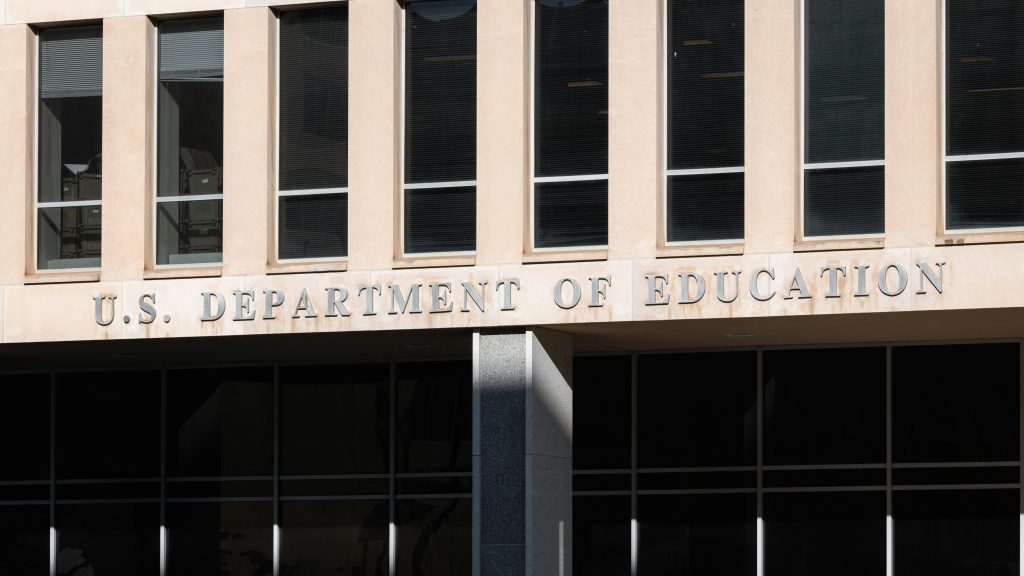The U.S. Department of Education will resume collections on defaulted federal student loans starting May 5, 2025, ending a pause that began in March 2020 during the COVID-19 pandemic. This move affects over 5 million borrowers currently in default and another 4 million who are severely delinquent, meaning nearly a quarter of the federal student loan portfolio could soon be in default.
The Department plans to restart the Treasury Offset Program, allowing the government to withhold federal benefits such as tax refunds, Social Security payments, and federal salaries to collect overdue debts . Additionally, administrative wage garnishments are set to begin later this summer, potentially deducting up to 15% of a borrower’s disposable income.
Education Secretary Linda McMahon stated that resuming collections is necessary to protect taxpayers and ensure borrowers fulfill their obligations. She criticized the previous administration’s approach to student debt relief, asserting that “American taxpayers will no longer be forced to serve as collateral for irresponsible student loan policies.”
To assist borrowers, the Department will launch a communication campaign over the next two weeks, urging those in default to contact the Default Resolution Group. Options include enrolling in income-driven repayment plans or initiating loan rehabilitation, which involves making nine voluntary payments over ten months.
Advocacy groups have expressed concern over the resumption of collections. The Student Borrower Protection Center labeled the move as “cruel” and warned it could exacerbate financial instability for millions of Americans already facing economic challenges.
Borrowers are encouraged to act promptly to explore repayment options and avoid potential penalties such as wage garnishment and loss of federal benefits. The Department’s outreach aims to facilitate a smoother transition back into repayment and mitigate the risk of further defaults.




